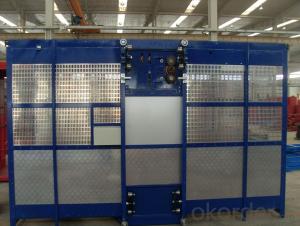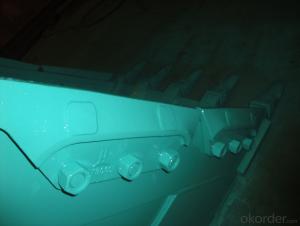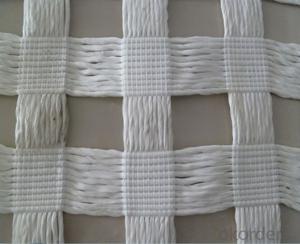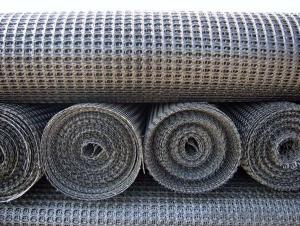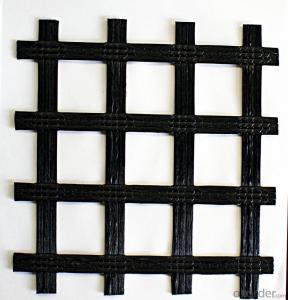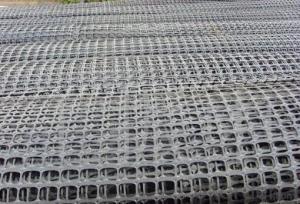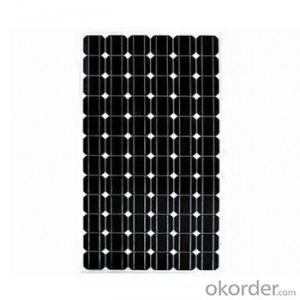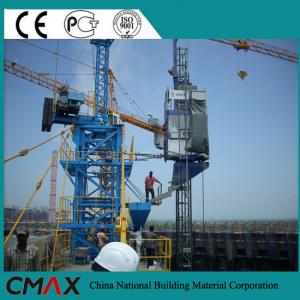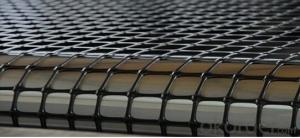Strata 200 Geogrid
Strata 200 Geogrid Related Searches
Fridge With Freezer On Bottom Driveway Pillars With Lights Blu Ray Player With Recorder Blu Ray Player With Internet Geogrid In Retaining Walls 1708 Biaxial Fiberglass Tape Pullout Resistance Of Geogrid Geogrid Warp Knitting Machine Srw 3 Series Geogrid Biaxial Plastic GeogridHot Searches
Fiberglass Scaffolding For Sale Fiberglass Panels For Sale Fiberglass Greenhouses For Sale Geogrid Fabric For Sale Gas Powered Core Aerator For Sale Revolution 4 Propeller For Sale Alabaster Carving Stone For Sale Geogrid For Sale Near Me Tensar Geogrid For Sale Geogrid For Sale Ex Display Log Cabins For Sale Photoelectric Cells For Sale Athletic Lockers For Sale Cubicle Partitions For Sale Stearman Propeller For Sale Palram Greenhouses For Sale Gumbo Bowls For Sale Suzuki Propellers For Sale Freight Crates For Sale Outhouse Sheds For SaleStrata 200 Geogrid Supplier & Manufacturer from China
Okorder.com is a professional Strata 200 Geogrid supplier & manufacturer, offers integrated one-stop services including real-time quoting and online cargo tracking. We are funded by CNBM Group, a Fortune 500 enterprise and the largest Strata 200 Geogrid firm in China.Hot Products
FAQ
- Yes, geogrids can be used in landfills. Geogrids are commonly used in landfill engineering as they provide reinforcement and stabilization to the landfill slopes and walls, preventing soil erosion and promoting the overall stability of the landfill structure.
- Several factors can affect the durability of geogrids, including the type of material used, the manufacturing process, the installation technique, the environmental conditions, and the level of stress or load applied to the geogrid. Additionally, the presence of chemicals, such as acids or alkalis, can also impact the durability of geogrids. Proper selection and installation, along with regular monitoring and maintenance, can help ensure the long-term durability of geogrids.
- Yes, geogrids can be used in temporary erosion control applications. Geogrids are often employed in these scenarios to stabilize soil and prevent erosion until more permanent erosion control measures can be implemented. They are effective in reinforcing and stabilizing the soil, reducing the likelihood of erosion, and providing temporary erosion control solutions.
- Specifications and parameters of Geotextiles
- Product specification is between SNG100-SNG1500. Width is 1-8m, long 50-100m (or according to customer requirements to produce)
- The long-term performance characteristics of geogrids include factors such as durability, stability, and strength. Geogrids have been proven to maintain their effectiveness over extended periods of time, providing reliable reinforcement and stabilization in various applications. They exhibit excellent resistance to environmental factors like UV radiation, moisture, and chemical exposure, ensuring their longevity. Geogrids also possess high tensile strength, allowing them to withstand heavy loads and distribute stresses effectively. Overall, geogrids offer long-lasting performance, making them a reliable solution for soil reinforcement and erosion control in engineering and construction projects.
- Yes, geogrids can be used in retaining wall construction. Geogrids are commonly used as a reinforcement material in retaining walls to improve their stability and strength. They are designed to provide additional support and prevent the soil from sliding or eroding.
- Yes, geogrids can be used in embankment stabilization. Geogrids are commonly used in civil engineering applications to provide reinforcement and stability to soil structures, including embankments. They help to distribute loads more evenly, reduce soil movement, and increase overall stability.
- Geogrids have a few limitations. Firstly, they are not suitable for all types of soil and terrain conditions. They are most effective in soils with good particle interlock and cohesion. Secondly, geogrids are not effective in situations where there is high water flow or erosion potential as they do not provide sufficient protection against these forces. Additionally, geogrids may have limited strength in certain applications, such as heavy load-bearing scenarios, and may require additional reinforcement. Lastly, the installation and maintenance of geogrids can be complex and costly, requiring skilled labor and regular inspections to ensure proper functioning.








